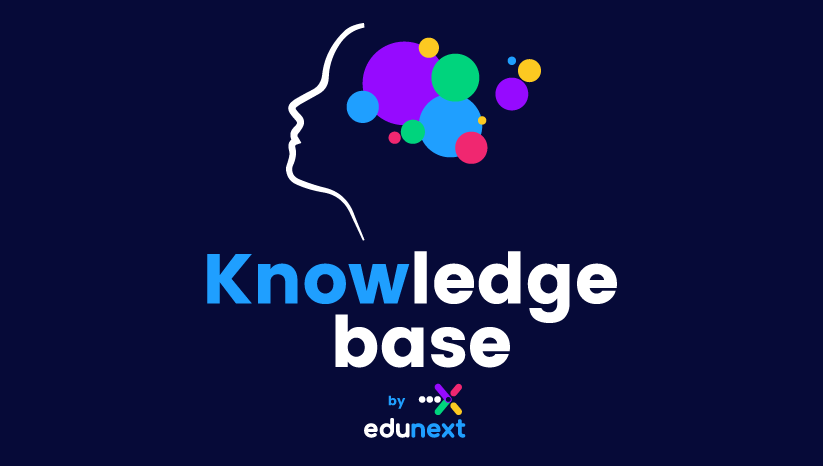Verified Identities in Open edX
Contents
Verified Identities in Open edX#
Important
This content is for informational purposes only, as this feature is not currently supported by eduNEXT.
In the online learning world, ensuring the credibility of learners’ identities is of utmost importance. As a busy Open edX administrator, you play a crucial role in maintaining the integrity of your platform. One way to achieve this is through verified identities. This blog will serve as a comprehensive guide to verified identities and how they function in Open edX.
What Are Verified Identities#
It refers to confirming and validating learners’ identity on the Open edX platform. This confirmation can be done through various methods such as email, phone, or even identity verification services. By implementing verified identities, administrators can better trust the authenticity of their learners.
The benefits of using verified identities are manifold. Firstly, it reduces the chances of fraud and impersonation on the platform. This ensures learners are who they claim to be, leading to a more secure learning environment. Secondly, verified identities can improve course completion rates.
How Verified Identities Work in Open edX#
Implementing verified identities in Open edX involves several steps. You are responsible for setting up and managing this process as an administrator.
Firstly, you must choose the verification method that best suits your platform’s needs. Email verification is one of the most common methods used. When learners sign up, they receive an email with a verification link that they must click to confirm their identity. Phone verification is another option where learners receive a verification code via SMS and enter it on the platform.
Additionally, you can integrate identity verification services into Open edX. These services use advanced algorithms and databases to verify learners’ identities based on personal information provided during registration.
Once you have chosen the verification method, you can configure the settings in Open edX accordingly. This includes setting verification thresholds, such as the number of verification attempts allowed or the level of identity verification required. You can customize these settings to fit your platform’s specific requirements.
Warning
eduNEXT does not offer this type of service in its portfolio.
Challenges and Considerations#
While verified identities offer numerous benefits, there are also challenges and considerations to remember. One concern is privacy. Collecting and verifying personal information raises privacy concerns for learners. As an administrator, it is essential to communicate how and why this information is being used clearly. Providing transparency and ensuring compliance with privacy regulations can help alleviate these concerns.
Another consideration is the technical limitations of implementing verified identities. Depending on the method chosen, there may be technical hurdles to overcome. For example, integrating with an identity verification service may require additional development work or API integrations. It is crucial to assess the technical feasibility before implementing verified identities.
Verified identities can play a vital role in ensuring the credibility of learners on the Open edX platform. As an administrator, you must implement and manage this process effectively. Verifying identities can reduce fraud, improve course completion rates, and create a secure learning environment.
See also
For further reading or implementation guidance, refer to the Open edX documentation.
